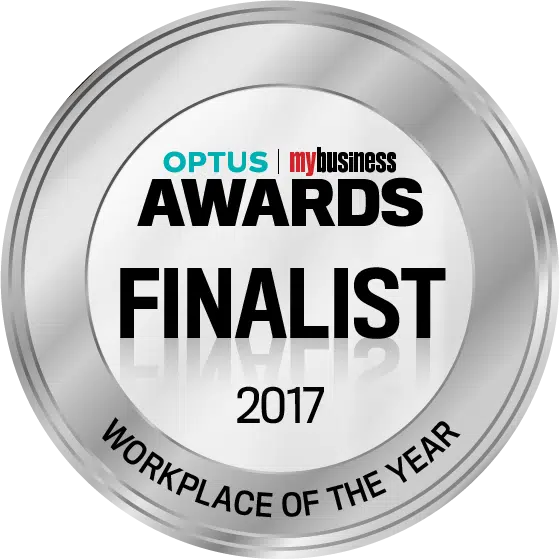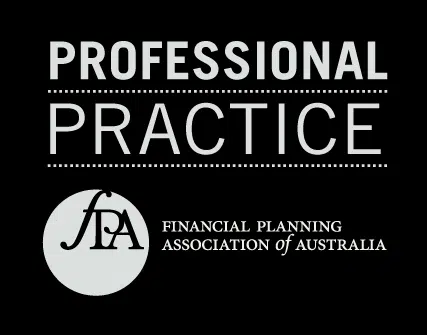Walk through any shopping strip in Australia right now and you’ll see it. Empty shops. Quiet cafes. Even the petrol station attendants are checking twice when you hand over your card, bracing for that awkward “declined” moment.
If you’re a business owner feeling the squeeze, you’re not imagining things. Your customers are tightening their belts, putting off purchases, and thinking twice about every discretionary dollar. Meanwhile, your rent, wages, and supplier bills keep rolling in like clockwork.
As one of our advisers puts it, “People are just not making sales. They’re sleepwalking into a problem.”
The question isn’t whether this challenging environment will affect your business. It’s about recognising the warning signs early enough to take control, and then achieving freedom.
This Time Really Is Different
For clarity’s sake, let’s acknowledge what we’re dealing with. This isn’t a temporary blip. Australia has weathered three major disruptions in quick succession, creating a perfect storm that’s fundamentally changed how business works.
First came COVID, turning everything upside down. Then the inflation surge from all that stimulus money flooding the system. JobKeeper and cash flow boosts meant people suddenly had cash they’d never expected. They bought everything in sight, bringing forward years of purchases.
Now they’re saying, “I don’t need another coffee machine for the next five years.” Add rapidly rising costs for everything from coffee beans to construction timber, plus general uncertainty that makes people nervous about spending, and you’ve got a trading environment unlike anything most business owners have seen.
“I’ve never seen it so bad,” says Shane Hill, one of our senior accountants who works across industries from hospitality to construction. “It’s just a different environment from 2019. Massively different.”
The Five Cash Flow Traps Catching Australian Businesses
Trap 1: The Fixed Cost Reality
When your sales drop by 20%, your rent doesn’t. Neither do your wages, insurance, or loan repayments. You still need to buy stock, even if it’s moving slower than treacle.
This creates a dangerous gap. Your revenue shrinks, but your essential expenses stay the same. Many business owners assume they can downsize fast enough to match the downturn, but downsizing takes time you might not have.
The quick test: Can you cover one month’s worth of expenses from your bank account right now? Not your revenue projections or what you hope to collect. Just cold, hard cash to pay your actual expenses.
Add up last year’s rent, wages, supplier payments, and other fixed costs. Divide by 12. If you don’t have at least that much sitting in the bank today, you’re vulnerable. Three months would be better. It’s your safety net when customers delay payments or seasonal fluctuations hit harder than expected.
“If you haven’t got a month’s worth of future bills payable in cash in the bank, that’s very, very dangerous,” Shane explains. “Three months would be better, but even one month of breathing space can make a huge difference.”
Trap 2: The ATO Delay Trap
When cash gets tight, there’s a tempting little piggy bank sitting right there. Your GST obligations. Your team’s superannuation. The quarterly tax bill.
“I’ll just delay this one payment,” you think. “I’ll catch up when summer arrives and customers come back.”
This is dangerous territory. Super payments aren’t optional – they’re legal obligations with no second chances. The ATO might negotiate payment plans, but only if you’re upfront about your situation before you fall behind.
The solution: Set up dedicated accounts for GST, tax, and super so you’re not tempted to dip into those funds. Aim to put aside around 5% of sales for tax and at least half of collected GST to cover future obligations.
If you’re worried about meeting these obligations, contact your accountant first. As Shane notes, “There’s no heat in the matter when professionals handle it. We can lodge everything on time and negotiate arrangements without the personal stress.”
Trap 3: The “I’m Not Paying Myself” Warning
When business owners stop drawing wages or ask family members to work for free, it feels noble. I’m willing to do whatever it takes to keep the business alive.
Actually, it’s one of the clearest warning signs that your cash flow is in serious trouble.
If your business can’t afford to pay you a reasonable wage for the work you’re doing, something fundamental is wrong with the business model. You’re not being noble – you’re masking a problem that will only get worse.
The reality check: Work out what you’d pay someone else to do your job. Include your wages when calculating break-even points. If your business can’t afford that consistently, you need honest coaching about whether the current model is viable.
Trap 4: The Pricing Lag Trap
This one’s particularly brutal for builders, contractors, and anyone working on fixed-price contracts. The cost of materials has been rising faster than most people realise.
You quote a job based on what timber cost three months ago. By the time you start the work, your margins have evaporated. Shane has seen entire multi-million dollar developments cancelled because the numbers no longer added up.
“Their knowledge of what the industry costs is like a year old,” Shane observes. “It’s not that price anymore, it’s way more. And if you’ve got a fixed price to build that house, you’re toast.”
The wake-up call: Pull up your last three completed jobs. Compare what you thought you’d make with what actually hit your bank account. If there’s a consistent gap, your pricing knowledge is dangerously out of date.
Trap 5: The Seasonal Planning Gap
Hospitality businesses know winter is slow. Retailers know January is quiet after Christmas spending. But somehow, when the quarterly tax bill arrives during the slowest month, it’s still a shock.
This trap catches businesses that don’t plan cash flow across the full year. They spend everything during good months and scramble during lean ones.
The planning approach: When you have strong cash flow, put money aside for obligations you know are coming. Not just tax – insurance renewals, equipment servicing, staff bonuses. Treat them like rent. Non-negotiable and planned for.
Don’t Face This Alone
Here’s what our years of helping Australian business owners have taught us: cash flow problems rarely resolve themselves. Hoping things will improve “next month” while you bottle up the stress isn’t a strategy.
The business owners who thrive are those who face problems early, plan ahead, and seek advice when warning signs appear. Whether it’s a coffee shop struggling with seasonal dips or a builder facing margin pressure on fixed-price contracts, the principles remain the same.
Know your numbers. Plan ahead. Keep a buffer. And most importantly, don’t try to solve these problems in isolation.
Business coaching isn’t just for companies wanting to grow. Sometimes it’s about getting clear on where you stand right now and what changes need to happen to keep you sustainable. Mick Denehey, our business coach, works with clients to test their understanding of their own business in this rapidly changing environment.
“We can’t do hypothetical future builds,” Shane explains, “but we can test recent sales to say, ‘What was your margin on that job? What did you actually get out of it?’ There’s obviously going to be two different numbers, and it won’t be a rosy picture.”
Peace of Mind, Not Paperwork
At Collins SBA, we help clients improve their financial literacy, build practical cash flow plans, and identify risks before they become crises. Through our AGM process, we don’t just hand over financial statements – we help business owners understand what the numbers mean and how to use them for better decision-making.
The current environment is challenging, but it’s not hopeless. Businesses that understand their cash flow, plan ahead, and have a coach by their side will weather this period and emerge stronger.
If any of these warning signs sound familiar, you don’t have to figure it out alone. Sometimes an outside perspective is exactly what you need to see the path forward.
For confidence’s sake, let’s get clear on where your business stands. Contact Andrew at APearce@collinssba.com.au to discuss your specific circumstances and take the first step toward a stronger, more resilient business.





















